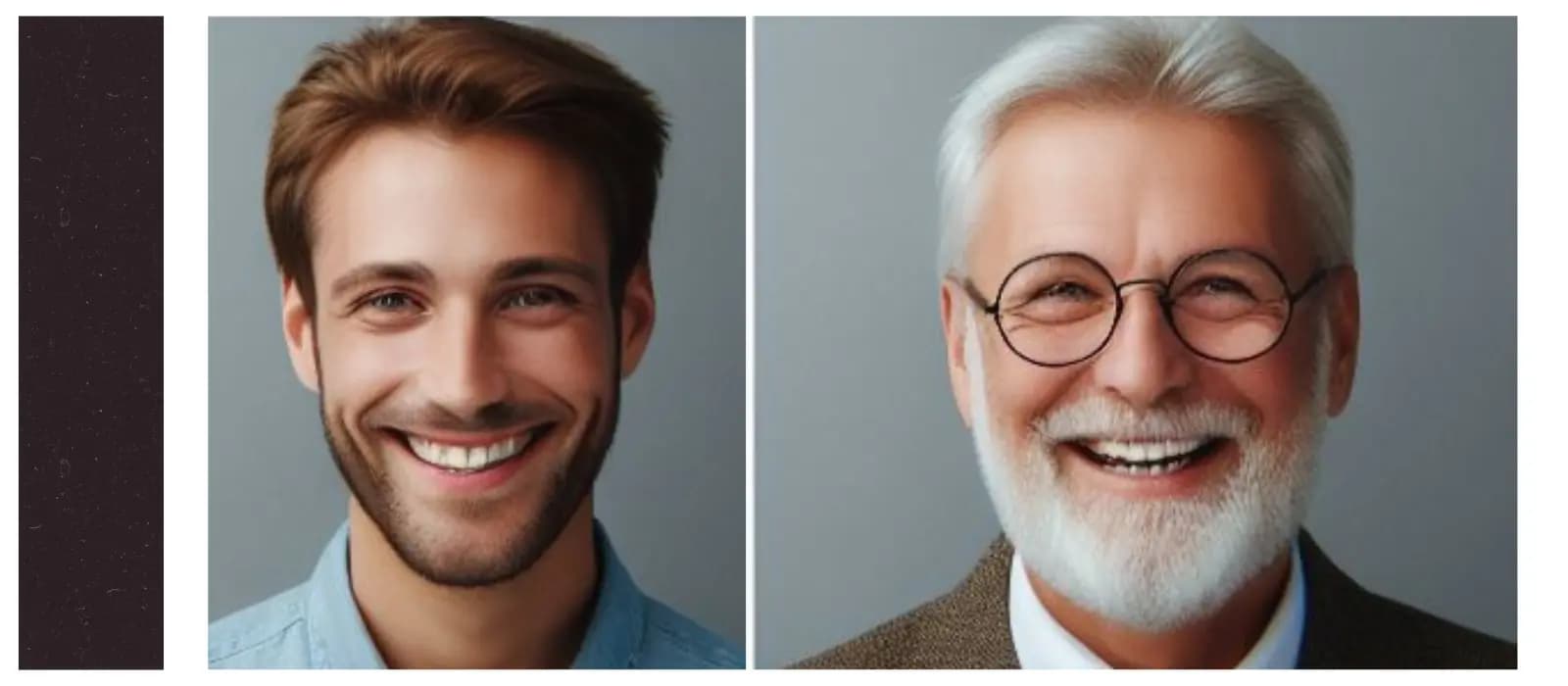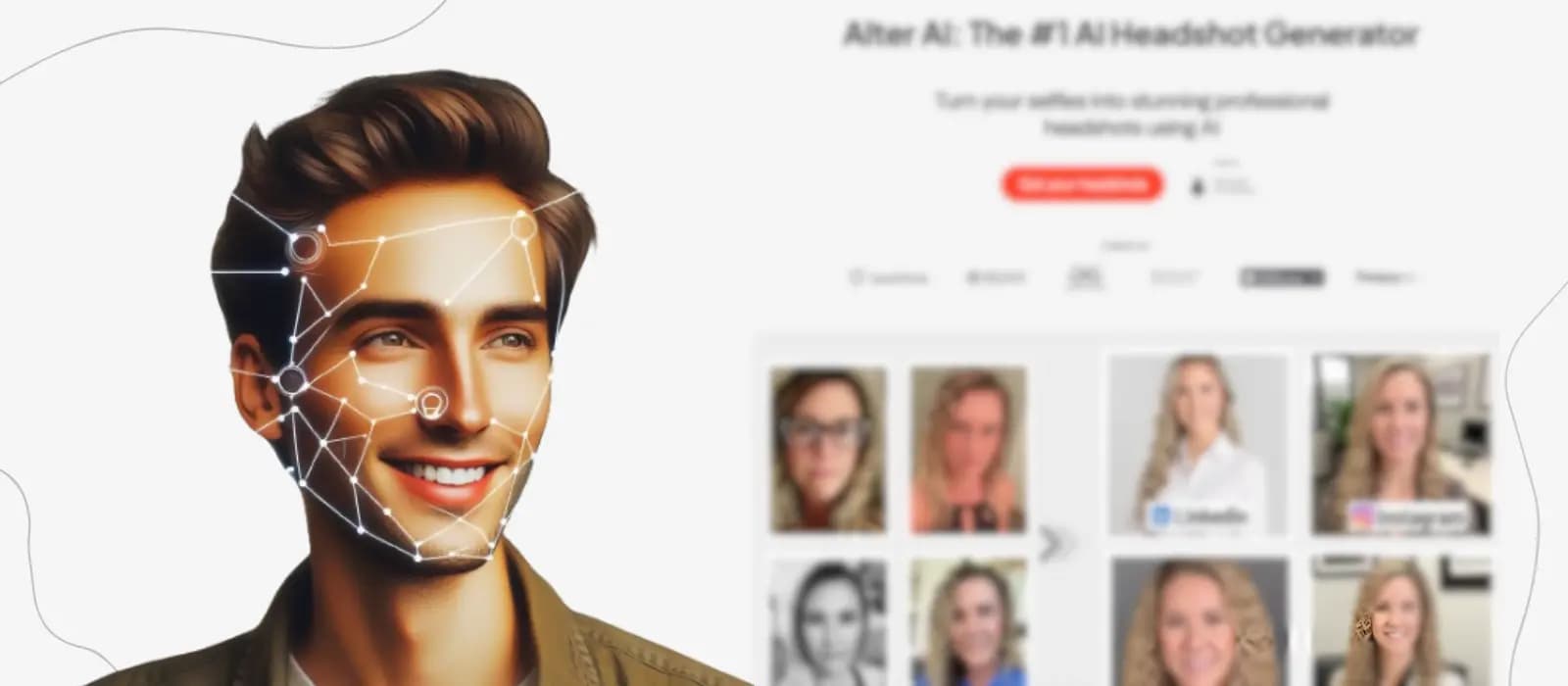Headshots, which you upload as your profile picture on LinkedIn and on your résume, are the first thing that anyone is going to see when you are applying for a job position. These are more like a marketing tool for consistently getting ahead in your professional career. As a result, you need to have the highest quality in your headshots, and they need to be properly cropped such that the subject of the headshot has to be in the perfect center.
Key Highlights
Importance of Headshots: Highlights the significance of high-quality headshots as a marketing tool for professional advancement and career success.
Need for Cropping: Discusses the necessity of proper cropping in headshots to enhance visual appeal, focus on the subject, and eliminate distractions.
Impact of Cropping: This article explores how cropping headshots above the top and around the shoulders can draw attention to facial expressions, create visual interest, and set individuals apart from the competition.
Tips for Finding Perfect Size: Provides practical advice on determining the ideal size for headshots based on their purpose, usage, and platform requirements.
Placement and Format: Addresses considerations for placing headshots on various platforms and suggests the JPEG format as the preferred choice for online sharing and printing.
But how would you do it? Well, with this blog, we are going to show you tips on how to find the perfect size for your headshot, what its dimensions should be, and what tools you can use in order to crop it. So, let's begin!
The Need For Cropping The Headshot
In recent times, horizontal headshots have become a common norm, but for photographers, this is an exception rather than a rule. If you open any magazine, you are surely going to find a bunch of headshots that are cropped from the top. Visually, it gives the eyes the centreline, making the viewer pay more attention to the face present in the image.
Now, proximity and the composition of the headshot are considered to be more important to make the image stand out. As a result, the top of the subject's face takes a back seat. Apart from this, given below are a few reasons why you should be performing cropping in your headshots:-
1 Cuts All Distractions
Getting the headshot cropped makes the object present in it move much closer and center. This makes the viewer focus more on the face, specifically on the expression. Let's be very clear here: facial expressions are the most vital part of headshots, and it's the facial expression that makes the viewer believe that you are a confident, friendly, and fit candidate for the position for which they are hiring.
Cropping just above the head and below the shoulders makes it impossible for the viewer to engage with their focus on anything else. On the other hand, if the crop is too wide and has a lot of space. It will have the opposite impact on the viewer; they will start looking elsewhere instead of at the expression of the person present in the headshot.
2 Cropped Head With Shoulders
Now, we are moving one step deeper into the art of cropping if you crop the shoulder a little bit and place the subject on either side of the frame. This will force the viewer to forcefully move their eyes past the negative space that is created in the background and concentrate on the facial expression.
This effect can be elevated if you are using a more subtle background, such as white, gray, dark blue, black, and others. All these colors won't attract any gaze from a viewer. Also, shoulder crop with the off-center gives the subject a bit of movement, especially in those cases where the subject is positioned at a certain angle.
Combining the cropped head and shoulders with off-center subjects will enhance the overall look of the headshots and give a sense of movement in a still picture. While still making sure that the viewer is able to focus on the facial expression of the subject.
3 To Stand Out
Another reason for performing a crop on a headshot is that it adds a special effect to the image, making it stand out from the rest of the competition. In the world of headshot photography, you are going to find that 95% of all images look similar to one another. There's no big difference in any of them. What we need to remember here is why you are going for a professional headshot in the first place.
You want the employer or the casting director to get a strong visual impression of yours with a single look at the headshot. Correct, so in that case, with similar vertical frames, loose crop, or asking the subject to lean toward the camera, it isn't going to make the cut.
With a close crop and keeping the background as simple as possible, you will make your face stand out in a sea of faces. If you combine this with an engaging expression, you will increase your odds of getting a call from the concerned individual.
Tips On How To Find A Perfect Size For Your Headshots
Now that you know tighter crops are more impactful when it comes to headshots. In this section, let's look at some of the tips that will help you find the perfect size for your headshots.
Find The Purpose Of The Headshot
One of the things we forget to consider while sending headshots is their purpose. You could be sending them to a casting director, or you might be sending them to an HR who has a job opening. Depending on the purpose, you will have to adjust the size of the headshot.
Typically, an actor's headshot has a size of 8X10 inches, and 10 megapixels is the least amount of clarity to start with. For corporate, the size of the headshot remains the same, which is 8X10 inches; here, you can go a bit higher if you want, as they are displayed in portfolios. The initial quality for a corporate headshot starts from 5 megapixels, and it can go up to 15 megapixels, depending on the requirement.
Where Headshot Is Going To Be Placed
Headshots have different use cases; you can put them on LinkedIn, Facebook, and other social platforms, and you can use them on business cards, on your corporate website, and in other places as well. So, before cropping the headshot or resizing it, check out the size requirements for your website and for different social platforms before moving ahead. Below is the table that shows the profile photo resolution or size for each social platform.
Social Network | Profile Photo |
320x320 px | |
320x320 px | |
Instagram Threads | N/A |
400x400 px | |
400x400 px | |
TikTok | 20x20 px |
YouTube | 800x800 px |
165x165 px | |
Snapchat | N/A |
Tumblr | 128x128 px |
Does Every Headshot Have To Be 8X10 Inches?
In truth, the aspect ratio of every headshot has to be 8X10 inches, but here size comes into play; see, the frame size could be anything as long as you are taking out the prints of the headshot in 8X10 inches.
On the other hand, if you're sending a picture to the casting director, then you need to get prints in 8X10 inches, no matter what, even if 0.5-inch addition can lead to the sudden rejection of your portfolio without looking at your facial expressions,
Is It Necessary To Put A Name On Your Headshot?
You need to have your name printed close to the printed headshot if you are sending a physical copy. It doesn't matter where you are putting your name in the print as long as it is clearly visible and readable to the viewer.
On the other hand, if you are sending it via email, it is better to add your name to the file to make it clear. For example, "Chris Hemsworth Headshots." This way, you will provide enough details of what is inside the image and the person's name as well.
What Is The Best Format For Headshots?
JPEG or JPG is the ideal choice among actors for sending headshots via mail on the web. If a person on the other side opens the email on their smartphone, the JPEG file will be converted automatically into a High-Efficiency Image Container (HEIC) and open up without any problem. In addition to this, it is quite easy to convert JPEG images to HEIC via tools available online. For the most part, you should get your headshots from the photographer in JPEG format only.
Wrapping Up
So, these are the few things you need to keep in mind when you resize your headshot or crop it to make it look better. See, headshots have the power to give you that one break that you are looking for, so do take them with all seriousness. In the end, there's no better way to crop your headshot than performing a close crop where you will be sniffing out the top of the head and shoulder.
Before we bid adieu, there's one thing to know here, and that is that cropping off isn't necessary, and there are no specific rules for it. The above-mentioned tips and ideas are guidelines as to what you need to do if you are thinking about cropping the headshot. That's it from our side; we hope you found this blog to be informative; make sure to check out our list of blogs related to headshots and photography. They can be of great help to you. Till then, keep learning, keep smiling!
Frequently Asked Questions
1. Why is cropping important in headshots?
Proper cropping helps eliminate distractions, focuses attention on the subject's face, and enhances the visual impact of headshots, making them more effective marketing tools.
2. How do I determine the perfect size for my headshots?
Consider the purpose of the headshot, usage platforms, and platform requirements to determine the ideal size for optimal visual impact and compatibility.
3. Do headshots need to be a specific aspect ratio?
While the aspect ratio may vary, headshots often adhere to an 8X10-inch standard size for printing and distribution, ensuring compatibility and consistency.
4. Should I include my name on my headshot?
It's advisable to include your name either on the headshot print or in the file name, facilitating easy identification and association with your image.
5. What is the best format for sharing headshots?
JPEG or JPG format is preferred for online sharing and printing, ensuring compatibility across platforms and devices.
6. Is cropping off the top of the head necessary in headshots?
While not mandatory, cropping headshots strategically can enhance visual appeal and draw attention to facial expressions, improving overall effectiveness.





